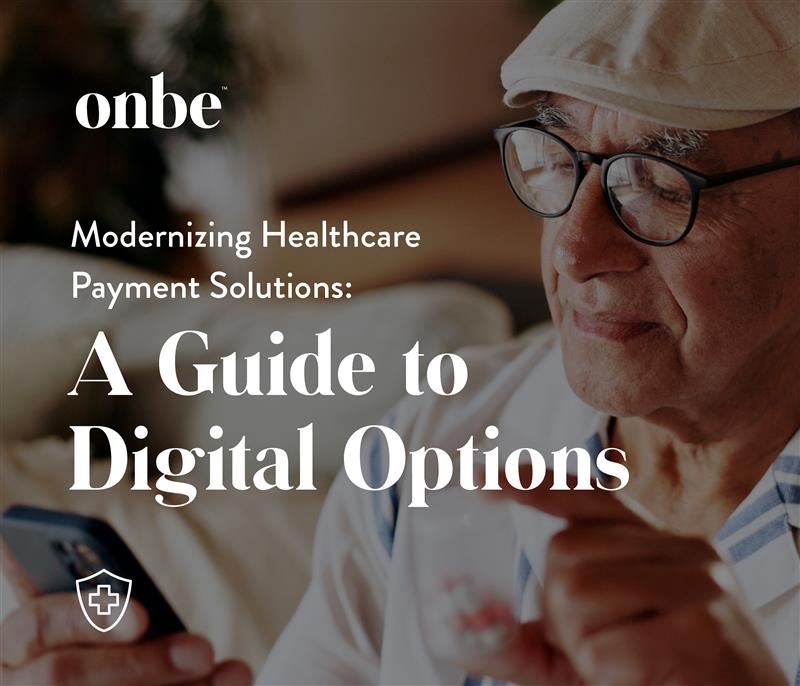2024 Workforce Trends to Watch—from Embracing AI to Delivering Faster Payments
Will 2024 be the year flexibility meets efficiency? With the unemployment rate remaining low and stable, U.S. workers still have the bargaining power to influence where and how they work and are eager to continue their remote or hybrid arrangements—and even to embrace trends such as the four-day work week.

Will 2024 be the year flexibility meets efficiency? With the unemployment rate remaining low and stable, U.S. workers still have the bargaining power to influence where and how they work and are eager to continue their remote or hybrid arrangements—and even to embrace trends such as the four-day work week. Employers are challenged to meet this desire for flexibility and better work-life balance while simultaneously streamlining their operations and maximizing efficiency. Emerging tools and technologies make this balance possible by helping smaller teams achieve greater productivity in less time, equipping employers to make the best use of limited resources and stay resilient in the face of economic uncertainty.
As leaders in payout experiences that offer the speed and convenience today’s workforces look for, we at Onbe continually seek to evolve our business and solutions to take advantage of the latest innovations and best practices. Here are the workplace trends we are watching—and incorporating into our strategic roadmap—in 2024:
Improving efficiency with AI
AI has already started to reshape work by offering time-saving solutions that automate repetitive tasks, increase productivity and help employees upskill faster. Yes, some fields may see job reduction in the coming years because of these technologies. But according to the World Economic Forum, AI is also likely to create new opportunities, adding a projected 2.6 million jobs in areas such as machine learning, digital transformation and related fields. To prepare, companies can explore how AI and other solutions for automating routine tasks could free up workers to do more of what they are passionate about—like creative thinking and designing better customer experiences.
Tuning in to Gen Z
Comprising over one-third of the world’s population, Generation Z—those born between 1997 and 2012—is gaining surer footing in the workforce and making an impact as they go. According to Deloitte, these young workers value diversity, prioritize career fulfillment over salary and expect their employers to take action on issues such as climate change. They also demand flexibility—whether it’s a reprieve from the traditional nine-to-five or the opportunity to advance their career through skill-building rather than having the “right” educational or professional background. (Nearly half of Gen Z doesn’t think college is worth the high costs, so they may be less likely to hold a degree.) To attract and retain Gen Z talent, companies can offer more on-the-job training, ensure employees have a voice in where and how they work best and back up their DEI and CSR commitments with action.
Reimagining DEI
A staggering 59% of diverse workers are thinking of quitting their jobs in 2024, according to research from Power to Fly. While reasons for this dissatisfaction are complex, employers can do a lot to improve the work experience for these employees and retain talent—starting with putting their DEI principles into practice. Underrepresented workers are looking for direct action to help them improve their careers and lives, such as more leadership development opportunities, upskilling, and better benefits. They also expect a workforce that reflects their identities—including more diverse leadership, which is a priority for nearly three-quarters of underrepresented workers.
Supporting contingent workers
According to Hays, demand for contingent workers will continue to grow in 2024 as organizations strive to reduce costs while bringing in the right talent. Hiring contractors for short-term projects or roles subject to seasonality is not only a budget-friendly and flexible way to staff up, but it creates opportunities for professionals looking to strike out. The U.S. freelance workforce is projected to reach 90 million people by 2028. Creating a contractor-friendly workplace by providing fast onboarding, ongoing IT support, and a smoother payment experience can help companies attract and retain freelancers.
Delivering faster payouts
As contractors become a bigger part of the workforce, businesses should be ready to pay on these workers’ terms. While 70% of payroll employees receive their earnings weekly or biweekly, freelancers were more likely to be paid monthly or by the job, according to findings from Onbe’s Future of Work survey. Offering more frequent access to earnings is key to improving freelancers’ satisfaction, the survey found. With today’s digital compensation solutions, paying contractors quickly is simple and cost-effective. Discover how Onbe streamlines alternative income, freelancer and gig worker payouts while offering an improved recipient experience.
As workers’ career ambitions keep evolving, greater flexibility and work-life balance are becoming a bigger priority, and businesses must adapt accordingly to satisfy and retain their employees. The trends dominating 2024 all point to solutions that empower workers to spend more time doing what they love, help companies operate more efficiently and in the best cases, both. Where these themes meet, there’s the potential for a more human-centric, productive and innovative workplace to flourish in 2024 and beyond.
Suggested Posts
Talk to a payment expert
Ready to learn more? Let's connect to discuss our payout options.









.avif)
